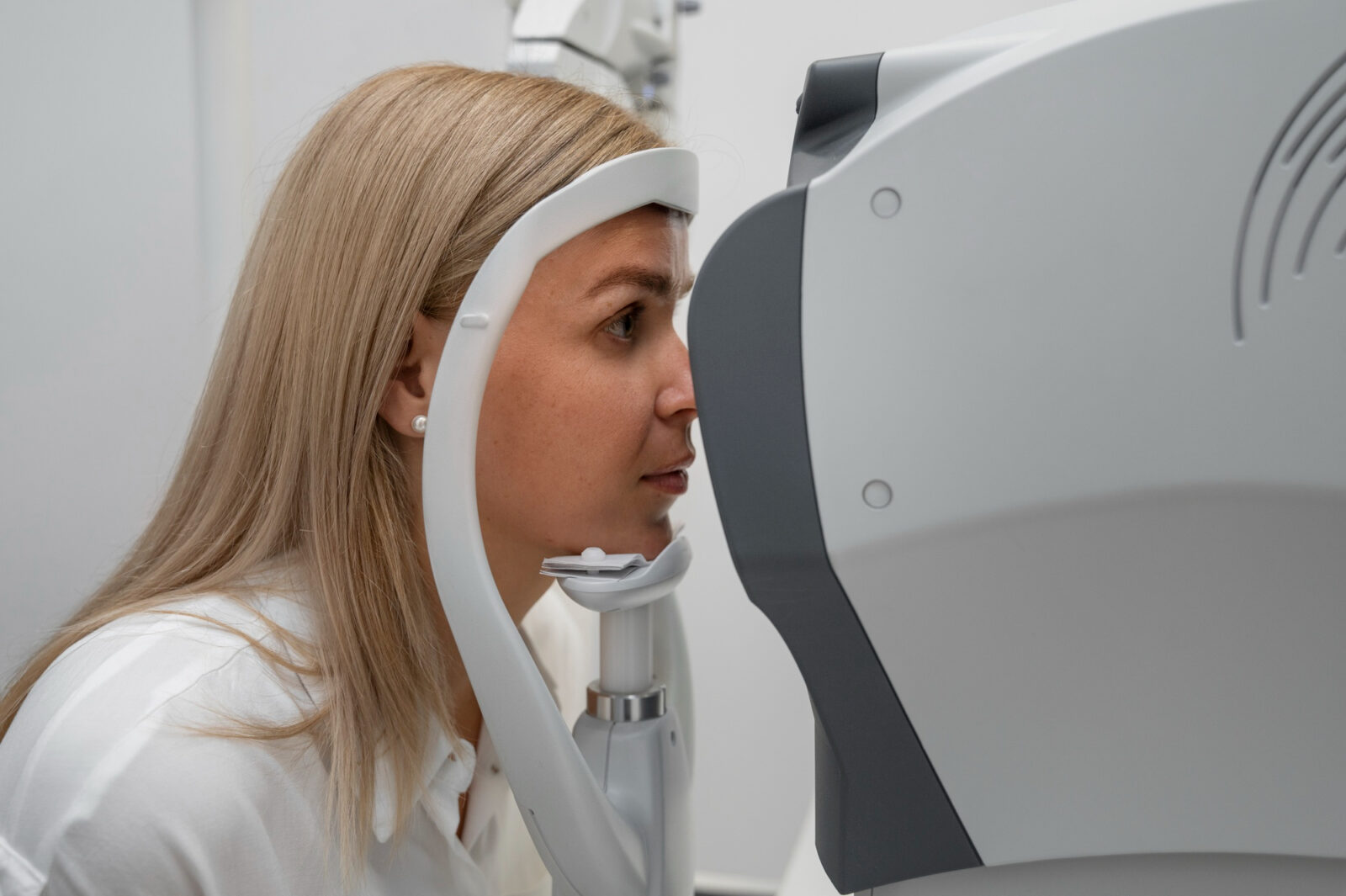In the scope of eye health, achieving “20/20 vision” is often touted as the gold standard. But what exactly does this term signify? Let’s discover the intricacies of 20/20 vision, exploring its definition, measurement techniques, and its limitations in reflecting overall visual function.
The Meaning of 20/20 Vision
At its core, 20/20 vision signifies normal visual acuity, the ability to discern details at a specific distance. It represents the clarity or sharpness of central vision, measured under standardized conditions. Technically, if you can clearly distinguish the orientation of a letter that subtends an angle of 5 arc standing 20 feet away from the chart, you possess 20/20 vision.
The Science Behind the Measurement
The notation “20/20” embodies a specific ratio. The first number (20) indicates the distance in feet at which the test is administered. The second number (20) represents the distance at which a person with normal vision can discern the same level of detail on the chart. In simpler terms, someone with 20/20 vision sees clearly at 20 feet what a person with normal vision sees clearly at that same distance. 20/100 vision means that a person with normal vision (20/20) can stand 100 feet away from the eye chart to see the same letter as someone standing only 20 feet away who has 20/100 vision.
Beyond 20/20: Understanding Variations
It’s crucial to recognize that 20/20 vision doesn’t necessarily equate to perfect vision. Here’s why:
- Variations in Visual Acuity: Some individuals possess visual acuity surpassing 20/20. They might be able to discern details on the chart from a greater distance than 20 feet, indicated as 20/15 vision for example.
- Peripheral Vision: 20/20 vision solely assesses central vision, the ability to see straight ahead. It doesn’t encompass peripheral vision, which is crucial for depth perception and overall visual awareness.
- Near Vision: 20/20 testing focuses on distant objects. However, near vision, essential for reading and detailed tasks, isn’t evaluated in this test. Normal near vision may diminish with age, necessitating reading glasses even for individuals with good distant vision.
Employing the Snellen Chart for Measurement
The Snellen chart, the ubiquitous tool in eye exams, plays a vital role in measuring visual acuity. This chart features rows of letters progressively decreasing in size. During a standard eye exam, an optometrist or ophthalmologist will ask you to cover one eye and read the letters on the chart from a specific distance, typically 20 feet. The smallest line of letters you can accurately read determines your visual acuity score.
Beyond the Chart: Additional Tests for Comprehensive Evaluation
While the Snellen chart offers a valuable snapshot of visual acuity, a thorough eye examination incorporates additional assessments:

- Refraction Testing: This test determines the corrective lens power needed to achieve optimal vision, considering factors like nearsightedness, farsightedness, and astigmatism.
- Slit-Lamp Examination: This microscopic examination allows a detailed evaluation of the cornea, iris, lens, and other ocular structures for potential abnormalities.
- Tonometry: This test measures intraocular pressure, a crucial indicator for glaucoma detection.
These additional tests, in conjunction with the visual acuity assessment, provide a comprehensive picture of your eye health.
20/20 Vision – A Benchmark, Not the Finish Line
Having 20/20 vision signifies good central vision at a specific distance. However, it’s just one aspect of a healthy visual system. Regular eye examinations are essential to maintain optimal eye health and detect potential issues early. If you experience any changes in your vision, consult your eye doctor promptly for a comprehensive evaluation. By prioritizing regular eye care and understanding the nuances of 20/20 vision, you can safeguard your precious gift of sight.
Source:
Visual Acuity. (n.d.). AOA. https://www.aoa.org/healthy-eyes/vision-and-vision-correction/visual-acuity?sso=y
Categories




